I spent this weekend in Normandy with Stephen Fisher and a consummate band of nerds exploring one D-Day landing beach in detail. This is absolutely the kind of tour I wanted to run through Istoria Travel when I founded it. Small groups, more staff, for starters, so that nobody has to queue to ask a question. Less stops, so that you don’t feel like you are getting on and off a coach all day long. Attention to detail, and therefore content that you don’t get anywhere else. Whilst Fisher did most of the hard work, having written an epic book on the subject that has just been released in paperback, I took a lot of photos, so that I could share the path we took and what we did. So here goes...
Being diligent nerds, we started the tour on Friday whilst we were still on the ferry. Stephen explained the departure of the invasion force as we left Portsmouth. A few hours later, as we approached Ouistreham, we were back on deck to learn how the Air/Sea contribution paved the way for the landings, how the invasion force formed up; and all about the sinking of the Norwegian ship Svenner.
Arriving mid-afternoon, we took advantage of the sunshine to go for a walk along Sword Beach, where Stephen explained in forensic detail, down to naming individual soldiers, how each unit made it onto the beach and sought to secure exits inland whilst dealing with German strongpoints.
I was absolutely sidetracked by this magnificent war memorial, not least because it covered every war since 1870 all in, with names of many Ouistreham families. However, on the way to dinner Stephen stopped here with the group to explain how the area around this church was used as an aid post on D-Day.
Saturday dawned, and Stephen began with my niche interest at Sword, the landing of the 177 French commandos under Commander Kieffer.
He then explained the wider context too, how Lord Lovat’s men came ashore, turned and began to fight their way across to meet up with the British at Pegasus Bridge. This is where the myth-busting began, and also the concrete bothering, which was to be a feature all weekend…
We took a walk about Ouistreham, where Stephen variously pointed out where tank ditches were, how the Allies overcame them, and what route various individuals took coming off the beach.
After lunch, we disappeared into the woods to follow in the footsteps of 6 Commando, and even found the time/energy to make a diversion to examine where 2 East Yorks attacked two strongpoints. Then, it was on to our last stop of the day, where we learned about the further actions of 6 Commando, 1 Special Service Brigade HQ and the tanks of 13/18 Hussars. Clocking 20,000 steps, it was then obviously beer o’clock, and we adjourned to Pegasus Bridge to rest our feet.
Sunday morning began back on the beach, where we learned all about the crew of one stricken landing craft, and Stephen explained to us how he went from interrogating these vital craft to writing a bestseller about Britain’s forgotten victory at Sword Beach.
For the trip we produced keepsake guidebooks full of maps and photos, and this group was remarkable for remembering to bring them with them every day! Diligently modelled by Doug and Bertie below…
After a picnic lunch, it was time for a special visit to Hillman fort, where Georges, one of the local volunteers, was kind enough to unlock a bunker for us to explore and tell us all about what the Norfolks and Suffolks got up to on D-Day as they struck inland towards Caen.
I’d like to say that the above is evidence that misbehaviour is not tolerated on an Istoria Tour, but the opposite is probably true…
That afternoon we reached the southern watermark of the advance from Sword on 6th June at Lebisey, where we talked all about 2 King’s Shropshire Light Infantry and then 2 Warwicks.
Before dinner, there was also still time to explore the lock gates at Ouistreham, and how the Allies went about trying to capture this strongpoint, and then deciding what to do with it going forward.
On Monday morning, we made a sobering visit to Hermanville War Cemetery to “meet” some of the men that Stephen researched for his book, and talk about what happened to them. We also paid our respects to one of the Free French who died liberating home soil.
Before the ferry, there was just time to head west to the Normandy memorial, so that our group could see the Standing with Giants exhibition.
We’ve loved this trip, we were fortunate enough to take a group who were massively engaged with each and every story. In fact, we had so much fun that Stephen and I are already planning a Gold Beach version for next year.

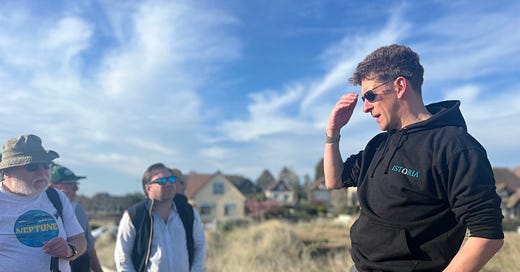





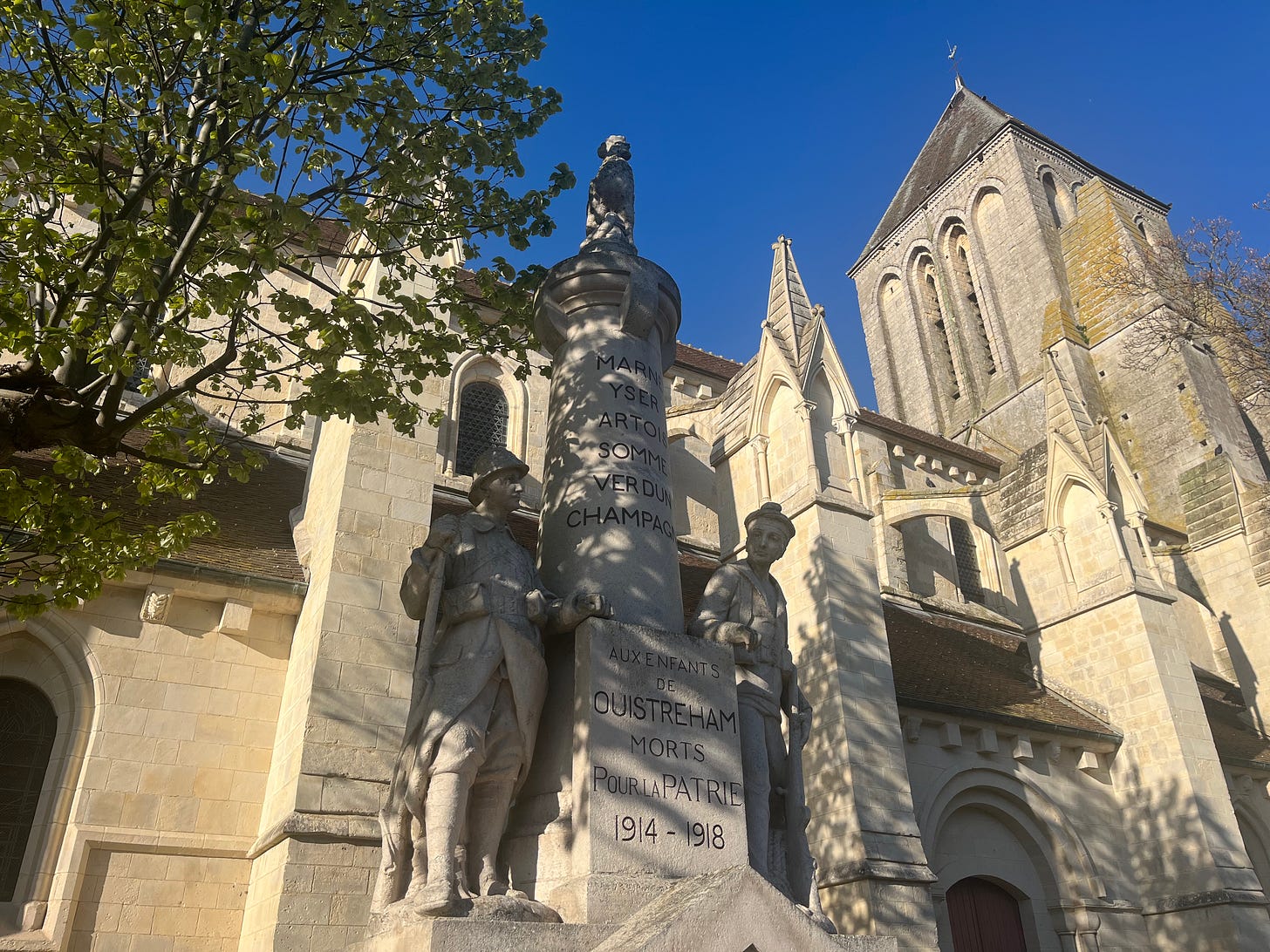


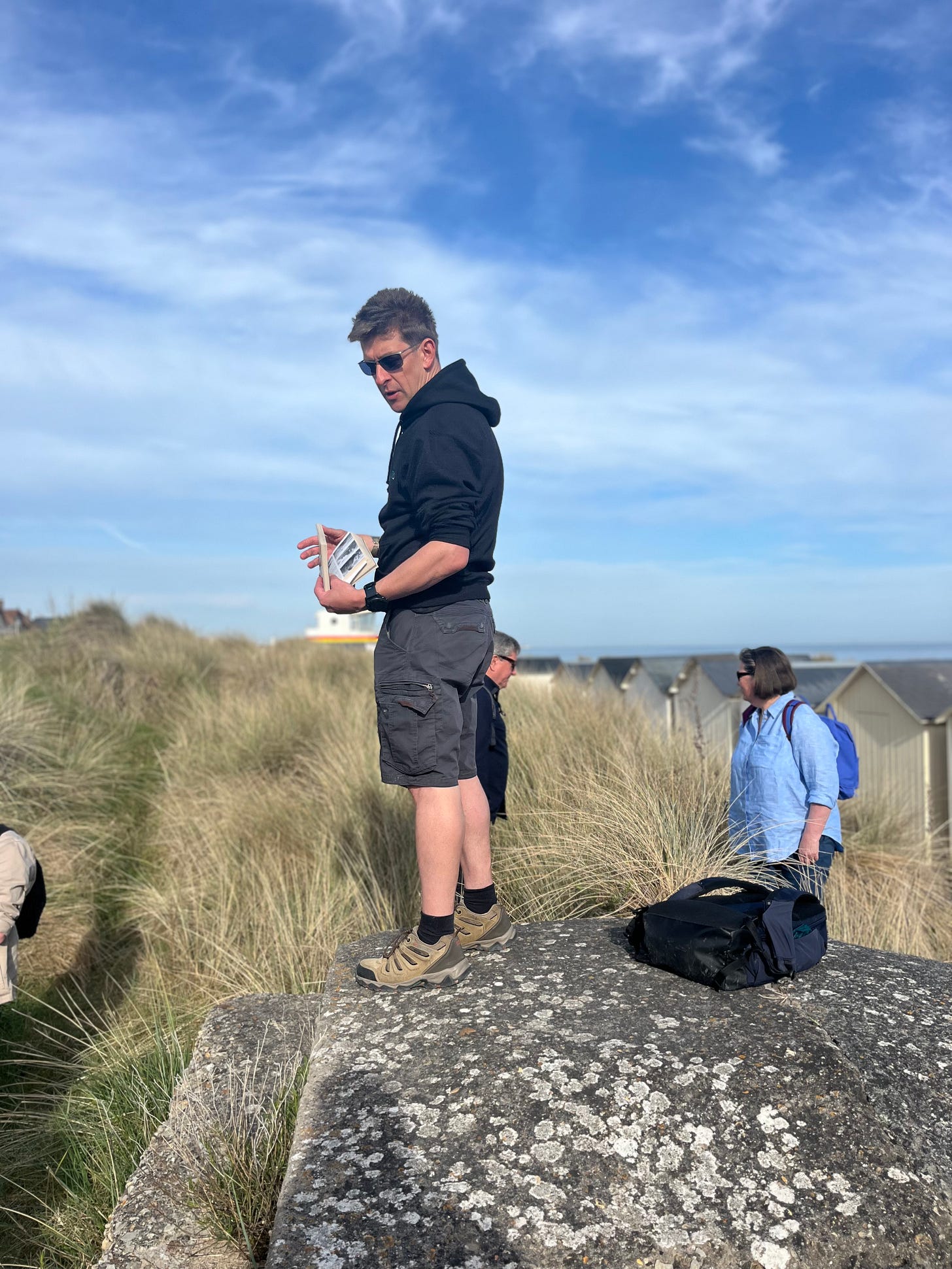
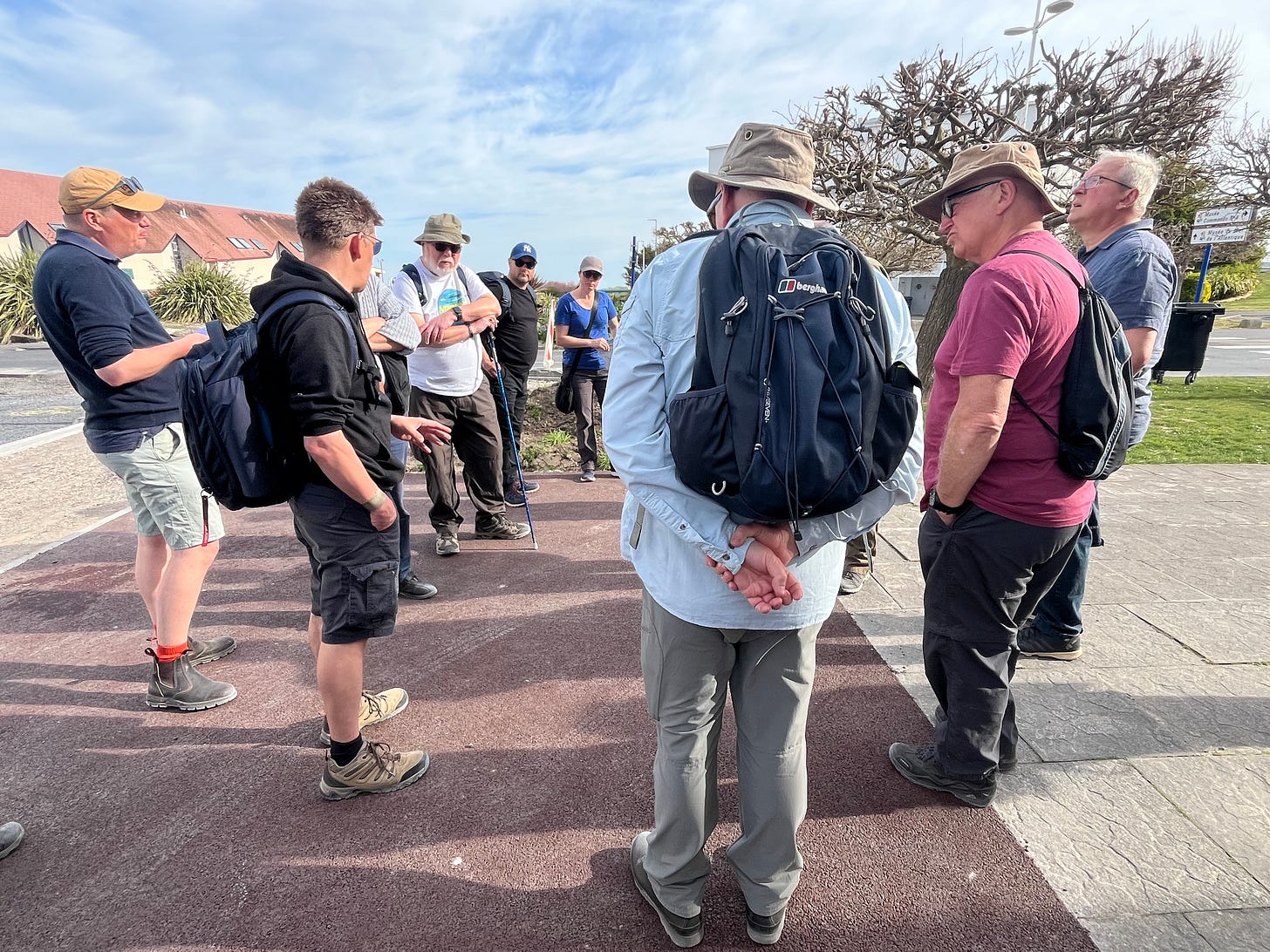






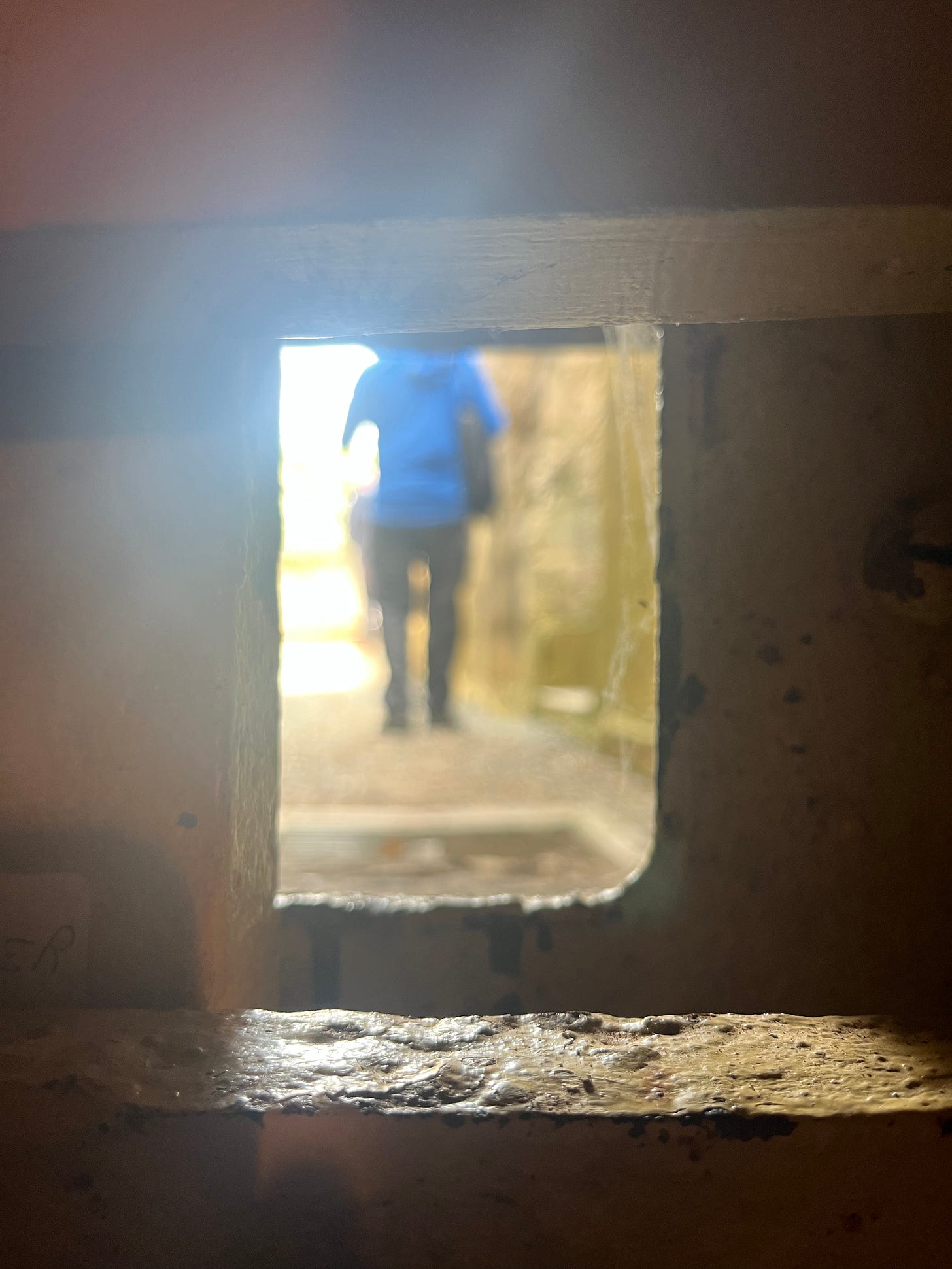
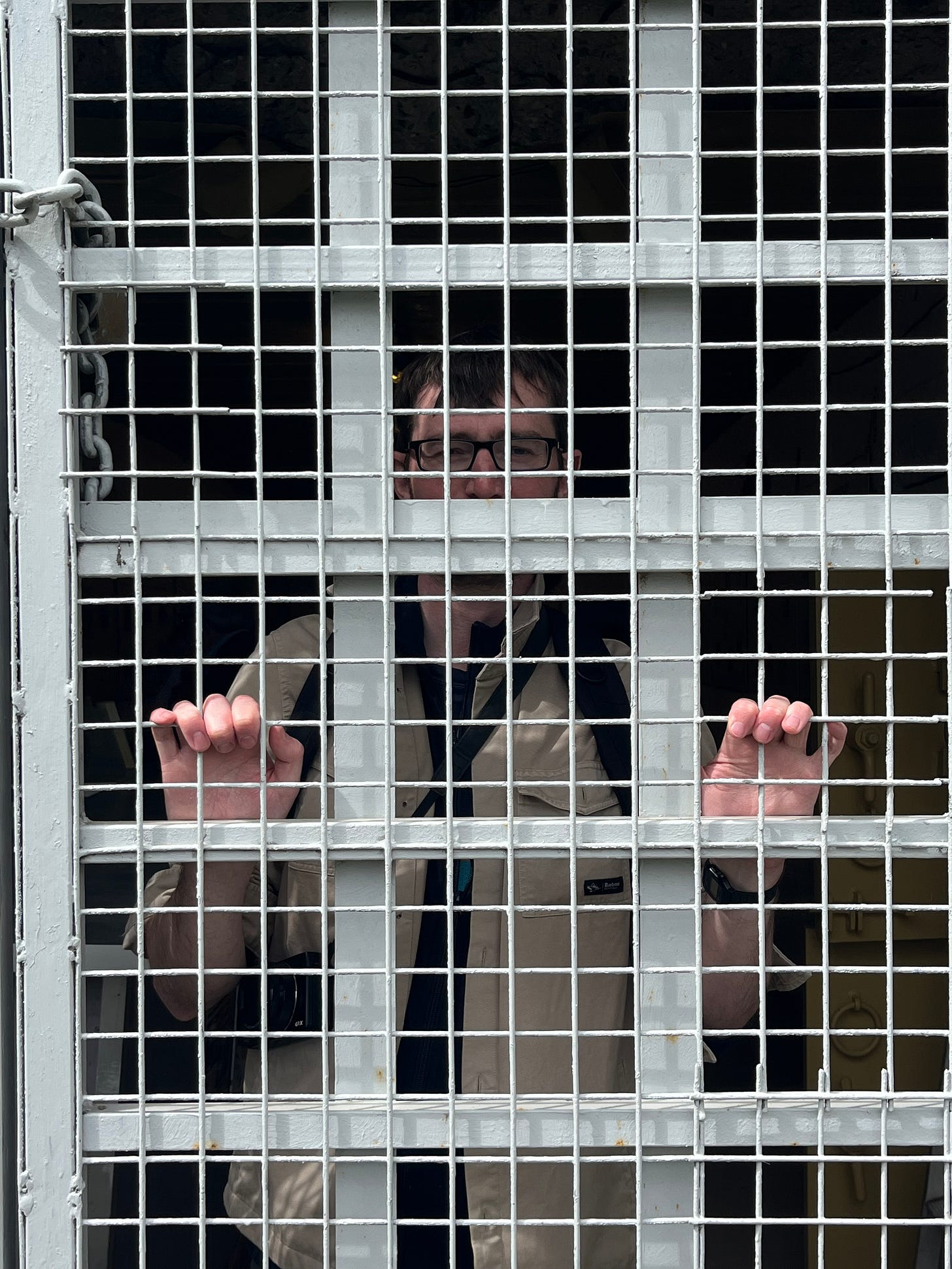



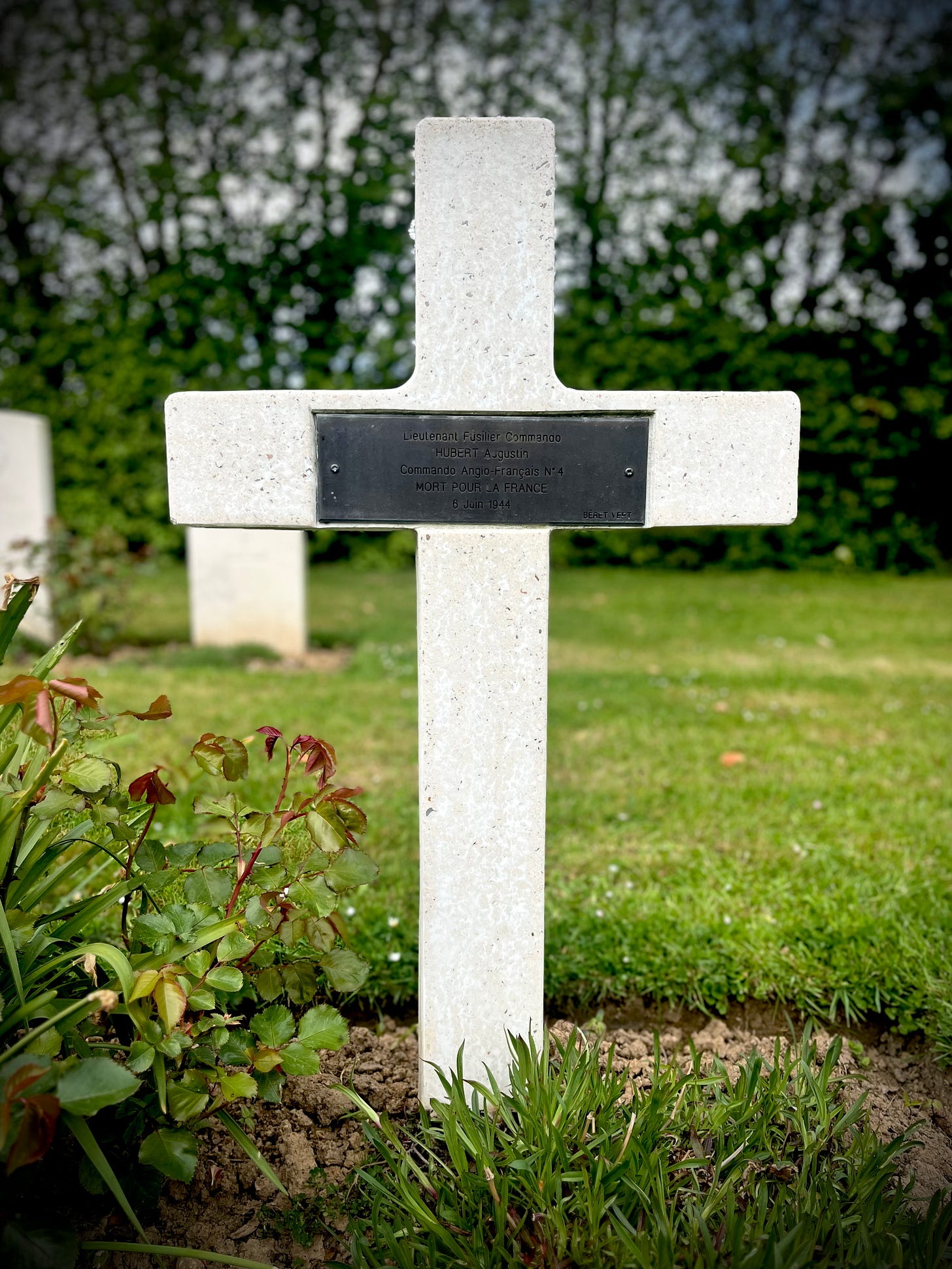
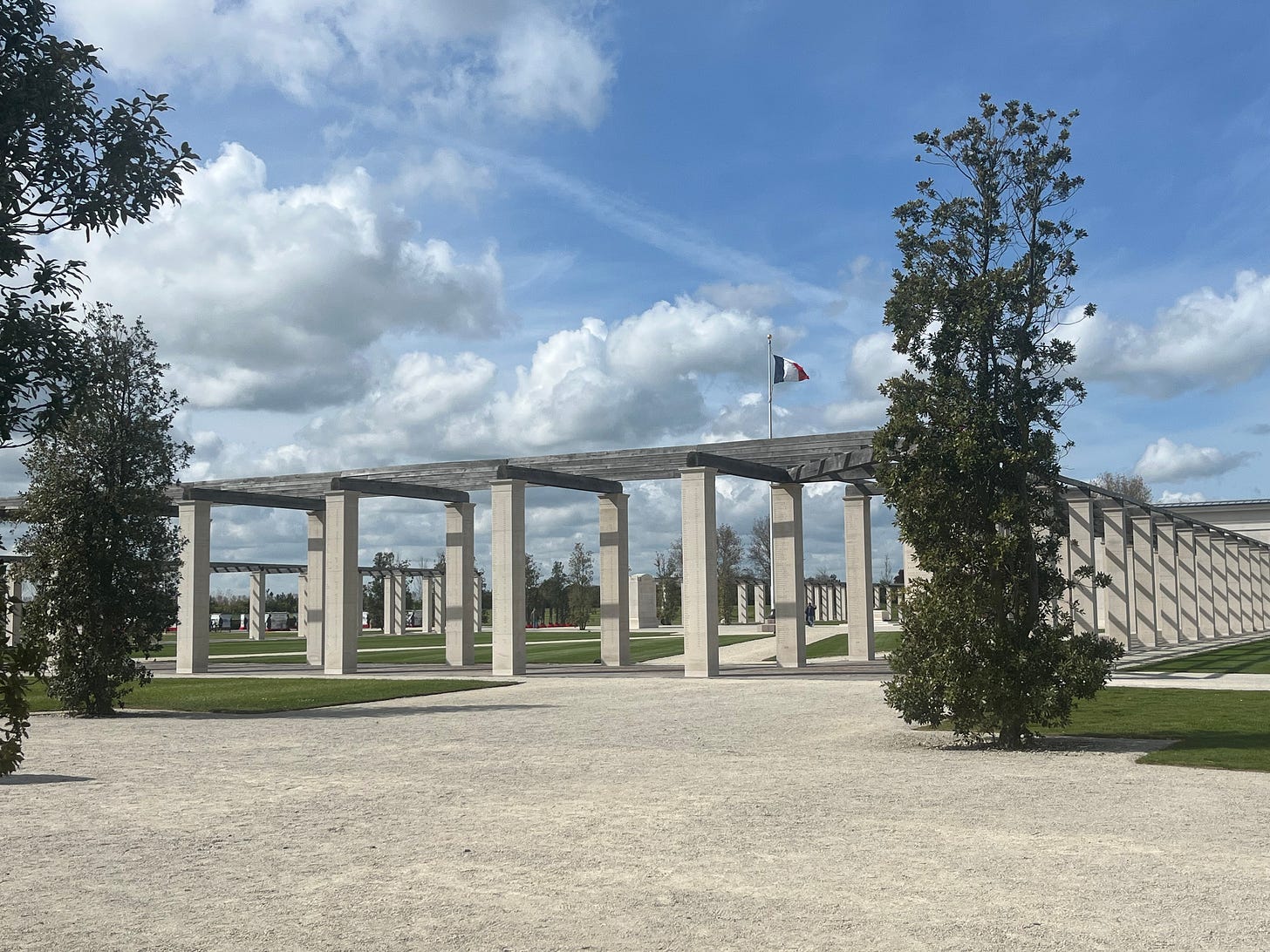

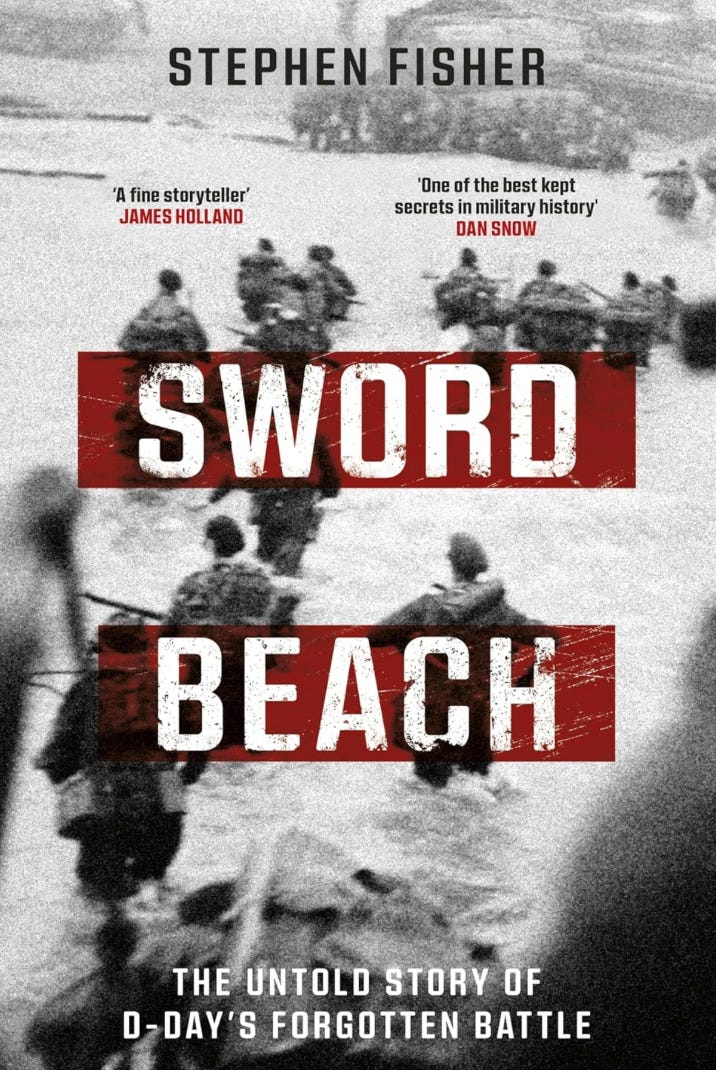
Great adventure, I wish I could have been with you all, Alex & Stephen are my favourite historians who know how to tell the story in an accesable and engaging way.
I was there. Excellent weekend.